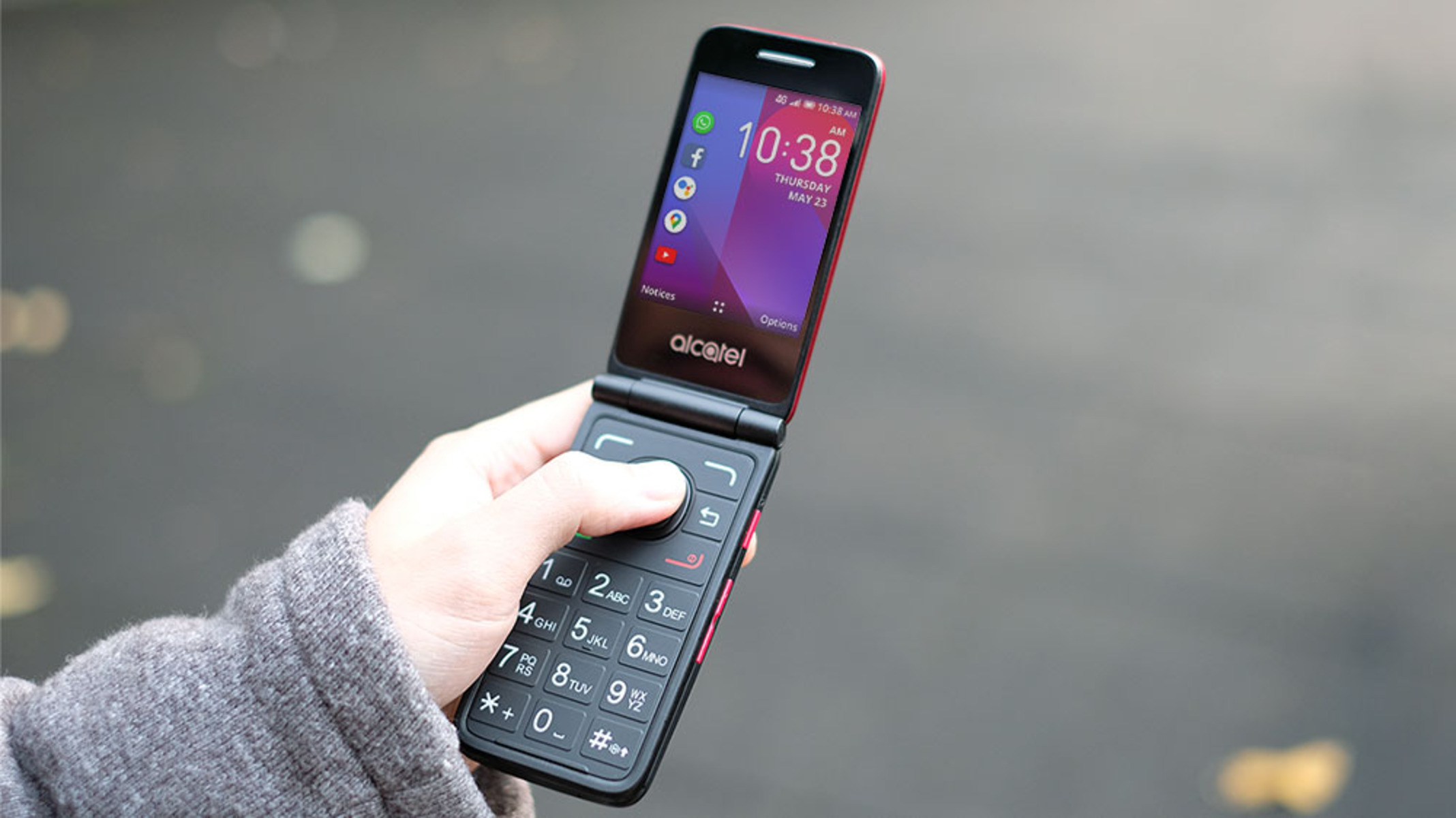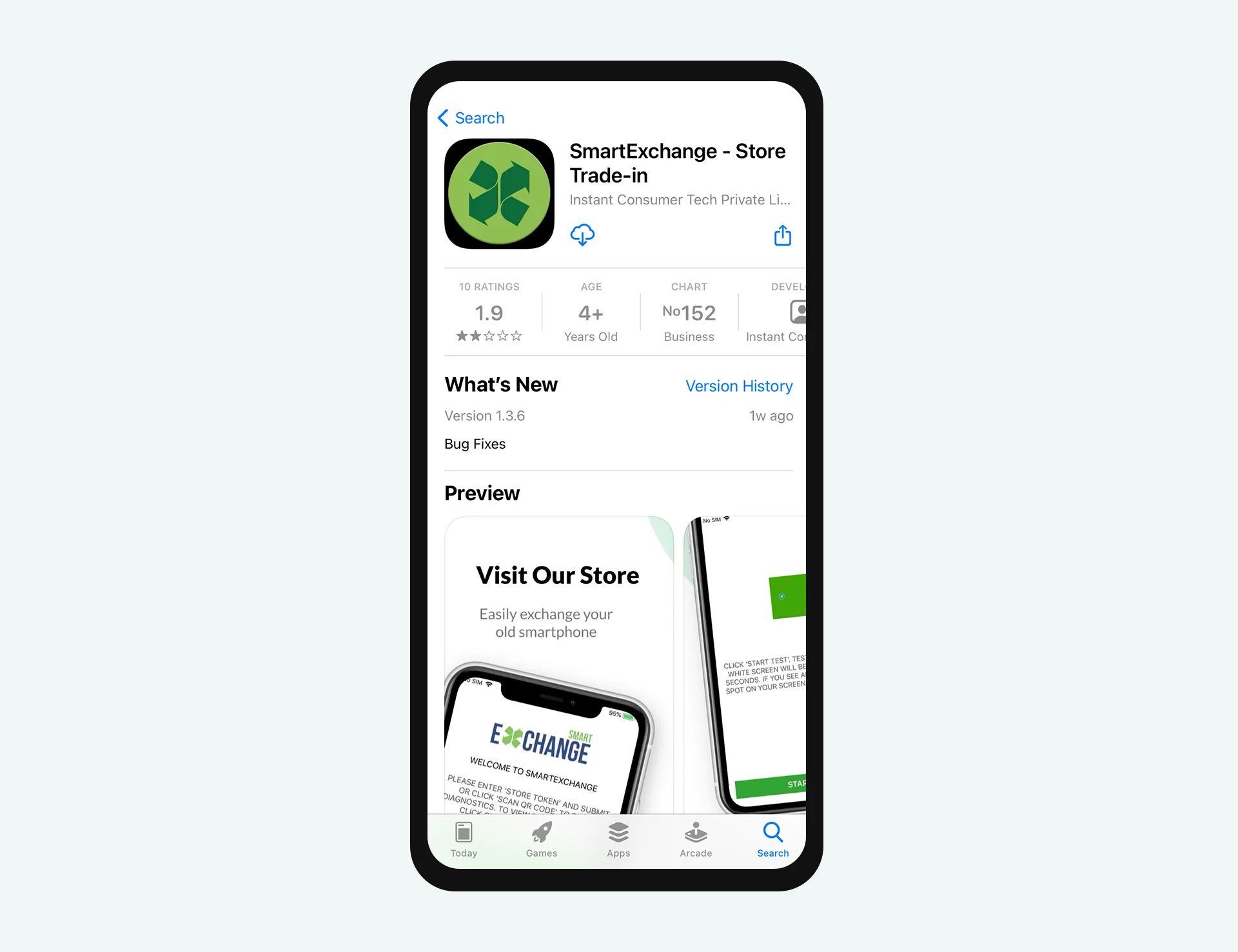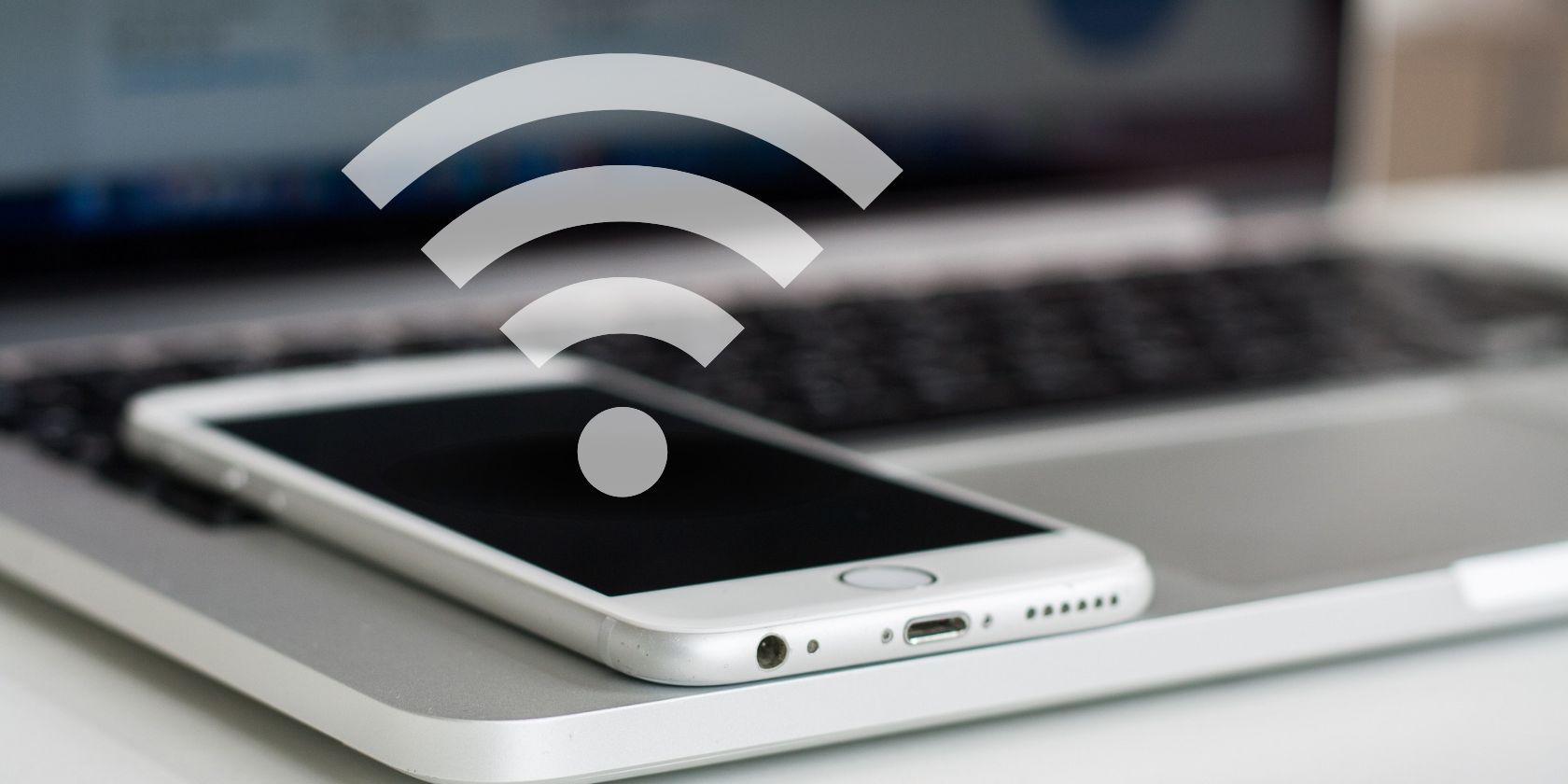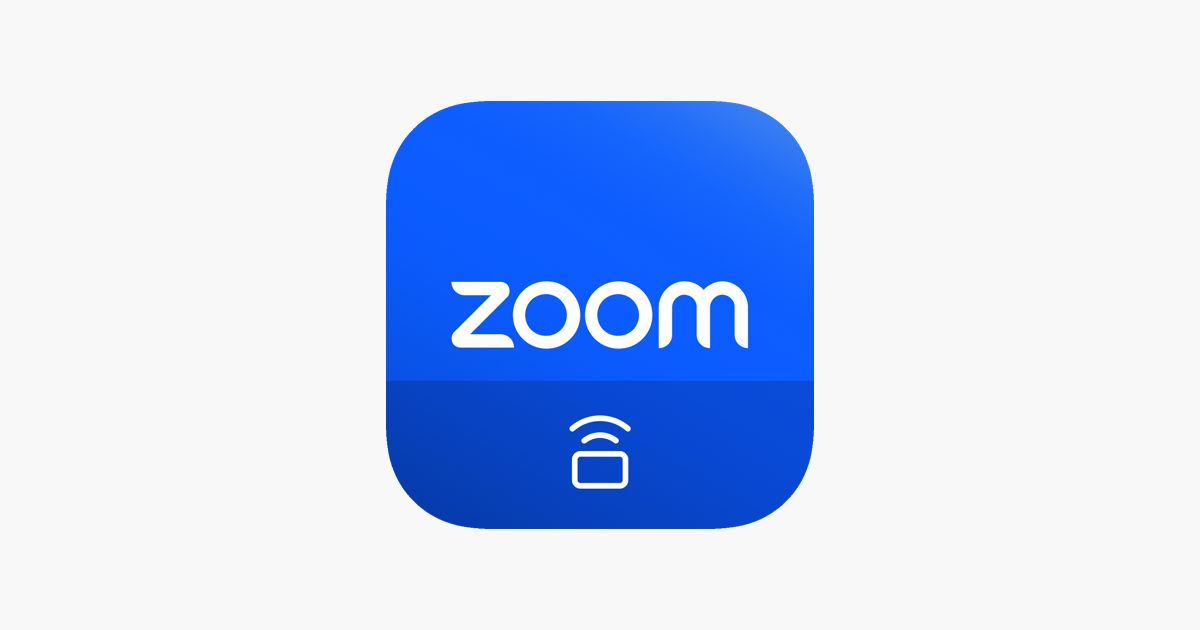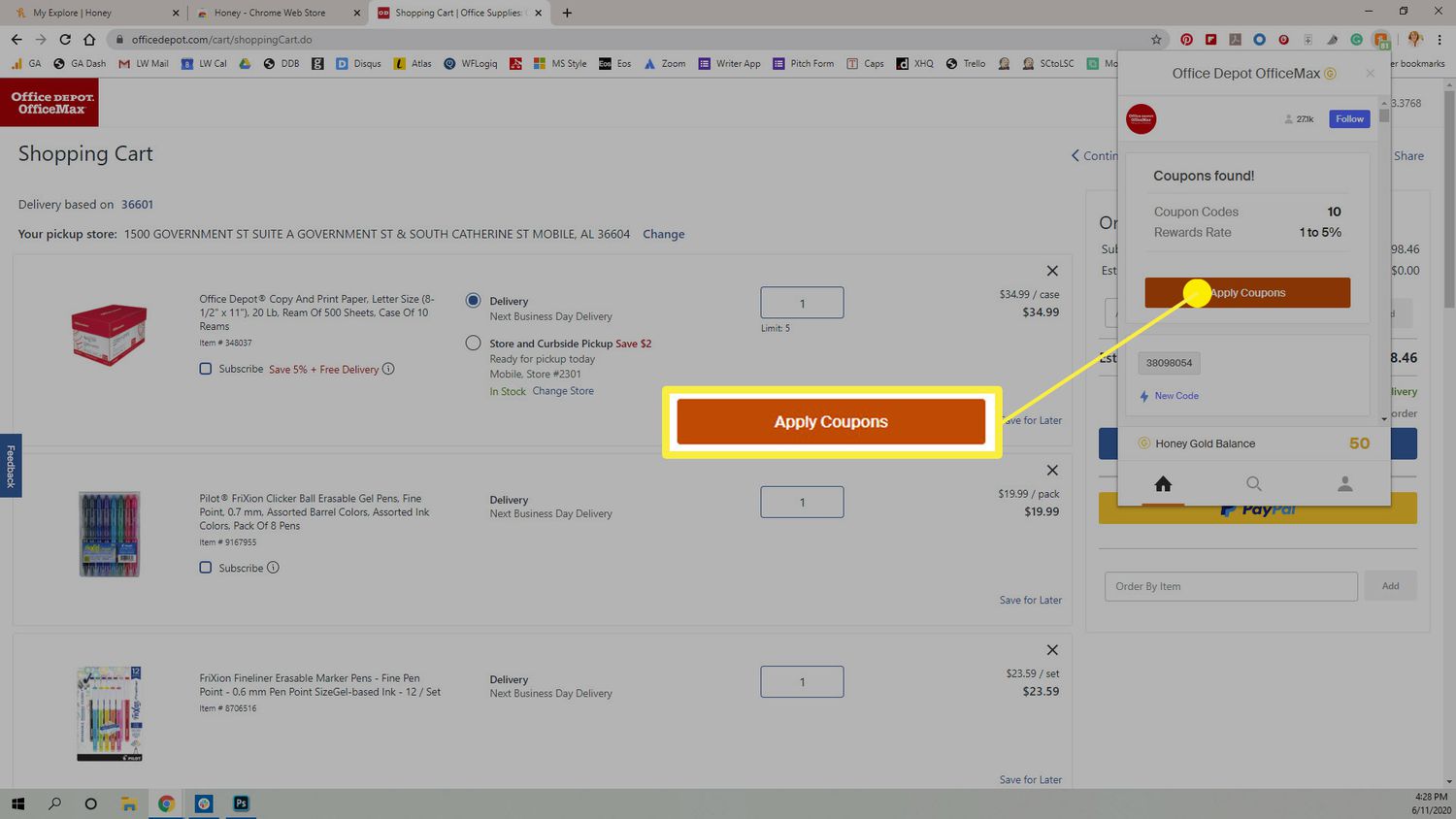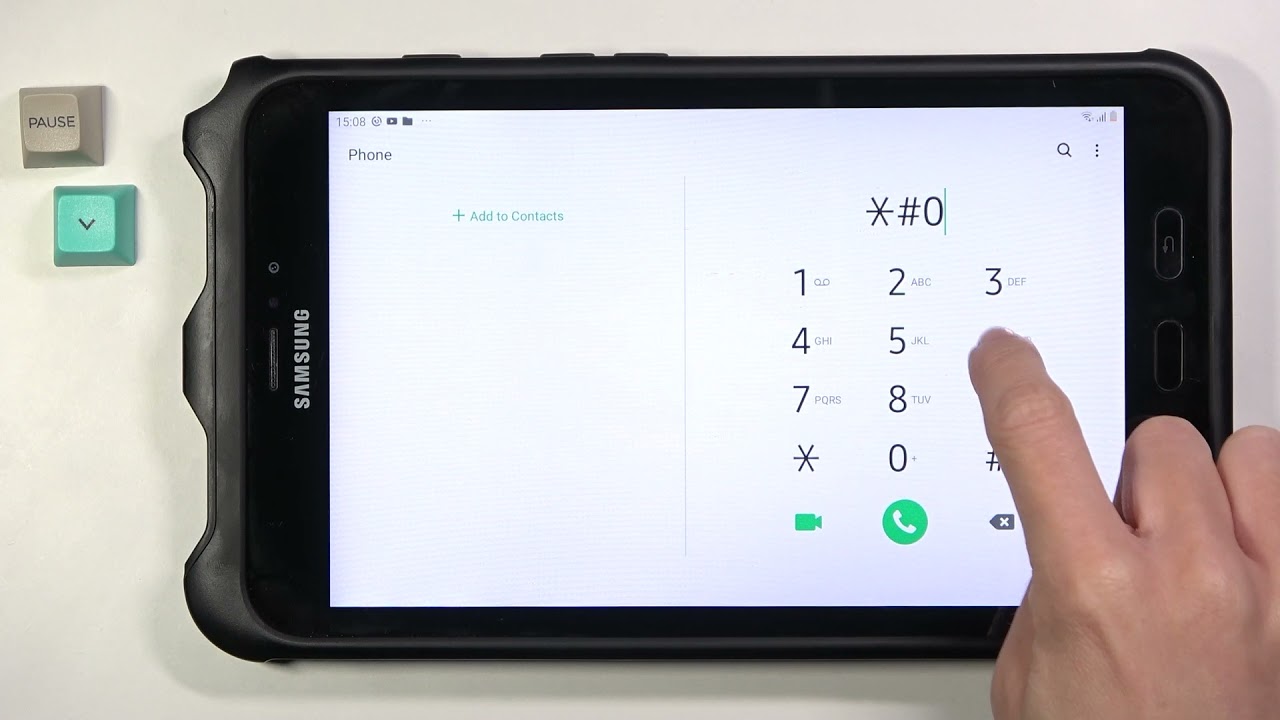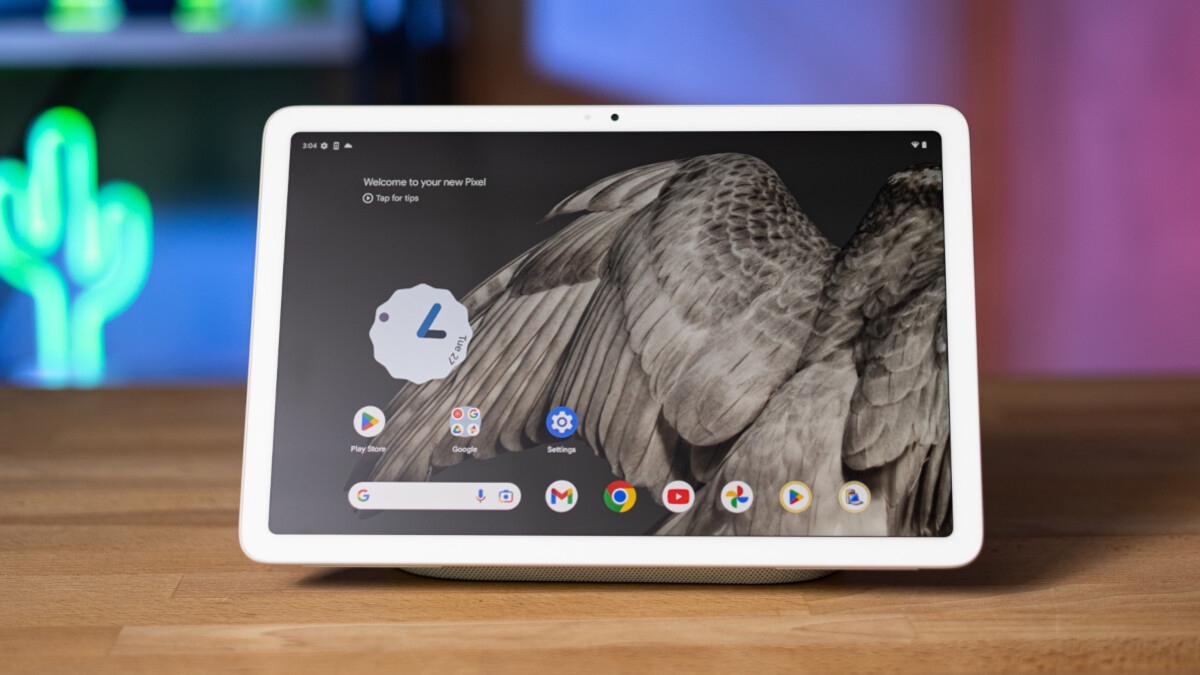Introduction
So, you have a feature phone and you're wondering how to get online with it. While smartphones dominate the market, feature phones still have a place in the digital world. Whether you have a nostalgic attachment to your trusty feature phone or you simply prefer its simplicity, the good news is that you can still access the internet and enjoy various online services with it.
In this guide, we'll explore the world of feature phones and how you can make the most of their online capabilities. From understanding what exactly a feature phone is to choosing the right data plan and connecting to the internet, we've got you covered. We'll also delve into using apps and services on your feature phone and provide some valuable tips to enhance your online experience.
So, let's embark on this journey to unlock the potential of your feature phone and discover the myriad possibilities it offers for getting online. Whether you're a seasoned feature phone user or new to the world of non-smartphones, this guide will equip you with the knowledge and strategies to navigate the digital realm with your trusty device. Let's dive in and unleash the power of your feature phone!
What is a Feature Phone?
Before we delve into the intricacies of getting online with a feature phone, it's essential to understand what exactly constitutes a feature phone. Often referred to as “dumb phones” in contrast to their smarter counterparts, feature phones are mobile devices that prioritize calling and texting functionality while offering limited internet access and basic multimedia capabilities.
Unlike smartphones, feature phones typically have a physical keypad, a smaller non-touchscreen display, and a more straightforward user interface. While they lack the advanced features and app ecosystems of smartphones, feature phones excel in their simplicity and long battery life, making them a popular choice for users who prioritize essential communication functions.
Feature phones are designed for users who prefer a no-frills approach to mobile communication. They are reliable, durable, and often more affordable than smartphones, making them accessible to a wide range of consumers. Despite their perceived limitations, feature phones have evolved to incorporate some internet connectivity, allowing users to access basic online services such as email, social media, and web browsing.
While feature phones may not offer the expansive app libraries and high-definition displays of smartphones, their straightforward design and focus on core communication features make them a practical choice for many individuals. Understanding the unique characteristics of feature phones lays the groundwork for exploring how to harness their online capabilities effectively.
Choosing a Data Plan for Your Feature Phone
When it comes to getting online with your feature phone, selecting the right data plan is crucial to ensure a seamless and cost-effective internet experience. While feature phones are not as data-intensive as smartphones, having a suitable data plan enables you to access email, browse the web, and stay connected to online services without incurring exorbitant charges.
Several factors should be considered when choosing a data plan for your feature phone:
- Data Usage: Assess your typical data usage patterns. If you primarily use the internet for occasional email checking and light web browsing, a lower data allocation may suffice. However, if you anticipate more frequent online activity, opt for a plan with a higher data cap to avoid overage fees.
- Network Coverage: Evaluate the coverage and reliability of different network providers in your area. Choose a carrier that offers robust network coverage, ensuring that you can access the internet consistently, especially when on the go.
- Prepaid vs. Postpaid: Decide whether a prepaid or postpaid data plan aligns better with your usage preferences and budget. Prepaid plans provide flexibility and control over data expenditures, while postpaid plans often include additional perks and features.
- Additional Features: Consider any supplementary features offered with the data plan, such as tethering capabilities, international roaming options, and bundled services. These extras can enhance the overall value of the plan and cater to specific needs.
It’s important to compare the data plans offered by different carriers to identify the most suitable option for your feature phone. Keep in mind that some carriers offer specialized plans tailored specifically for feature phones, providing affordable access to essential online services without burdening users with unnecessary features.
By selecting a data plan that aligns with your usage habits and budget, you can optimize your feature phone’s online connectivity while avoiding excessive costs. With the right plan in place, you’ll be ready to harness the internet capabilities of your feature phone without compromising on affordability or reliability.
Connecting to the Internet Using a Feature Phone
While feature phones may not offer the seamless connectivity of smartphones, they are equipped to access the internet through various methods. Here’s how you can connect to the internet using your feature phone:
- Mobile Data: Many feature phones support 2G or 3G connectivity, allowing you to access the internet using your mobile carrier’s data network. To enable mobile data, navigate to the phone’s settings and select the option to activate data connectivity. Once enabled, you can access the internet using the phone’s built-in browser and other online services that are compatible with feature phone technology.
- Wi-Fi Connectivity: Some feature phones are equipped with Wi-Fi capabilities, enabling you to connect to wireless networks for internet access. If your feature phone supports Wi-Fi, you can connect to public or private Wi-Fi hotspots to browse the web and utilize online services without consuming mobile data. Ensure that your phone’s Wi-Fi settings are configured correctly to detect and connect to available networks.
- Mobile Hotspot: If your feature phone supports mobile hotspot functionality, you can use it to share its internet connection with other devices, such as laptops or tablets. This feature allows you to create a portable Wi-Fi hotspot using your phone’s data connection, providing internet access to other devices when a traditional Wi-Fi network is unavailable.
It’s important to note that the internet experience on a feature phone may differ from that of a smartphone due to the limitations of the device’s display size, processing power, and browser capabilities. However, with the right settings and connectivity options, you can still access essential online content and stay connected while using a feature phone.
By understanding and leveraging the available connectivity methods, you can ensure that your feature phone serves as a reliable gateway to the digital world, allowing you to access the internet on the go and stay connected to the information and services that matter to you.
Using Apps and Services on a Feature Phone
While feature phones may not offer the extensive app ecosystems of smartphones, they are capable of running basic applications and accessing a range of essential online services. Here’s how you can make the most of apps and services on your feature phone:
- Pre-installed Apps: Many feature phones come pre-loaded with essential apps such as a web browser, messaging app, calendar, and media player. These built-in apps enable you to perform core functions such as web browsing, communication, and media playback, enhancing the utility of your feature phone without requiring additional downloads.
- Java-Based Apps: Some feature phones support Java-based applications, allowing you to download and install lightweight apps that cater to specific needs. While the app selection for feature phones may be more limited compared to smartphones, you can find Java-based apps for tasks such as email, social media access, news updates, and basic productivity tools.
- Online Services: Feature phones enable access to a variety of online services through their built-in browser. You can visit mobile-optimized websites to check email, engage with social media platforms, access news and information portals, and even perform online transactions using the web interfaces of service providers.
- Text-Based Services: Some feature phones support text-based services such as SMS-based information delivery, interactive text messaging applications, and USSD-based services that provide access to content and utilities via text input. These services cater to feature phone users by offering valuable information and functionality through simple text interfaces.
While the app and service landscape for feature phones may differ from that of smartphones, the availability of essential tools and online access ensures that feature phone users can stay connected and informed. By exploring the pre-installed apps, downloading Java-based utilities, and leveraging online services, you can maximize the capabilities of your feature phone and tailor its functionality to your specific requirements.
Embracing the app and service ecosystem of feature phones empowers users to access key online content and utilities, demonstrating that these devices remain relevant and valuable in the digital age, despite the prevalence of smartphones.
Tips for Getting the Most Out of Your Feature Phone Online Experience
While feature phones may not offer the same advanced features as smartphones, there are several strategies and tips to optimize your online experience with these devices:
- Optimize Data Usage: Monitor your data usage regularly and adjust your online activities to conserve data. Avoid streaming high-definition videos and limit the use of data-intensive applications to make the most of your data plan.
- Bookmark Essential Websites: Save the URLs of frequently visited websites as bookmarks in your phone’s browser. This allows for quick access to your preferred online destinations without the need to type in lengthy web addresses each time.
- Utilize Text-Based Services: Explore text-based services that provide valuable information and utilities through simple text interfaces. These services are designed to cater to feature phone users and offer a streamlined way to access relevant content.
- Regularly Clear Cache and Cookies: Periodically clear the cache and cookies in your phone’s browser to free up storage space and ensure efficient browsing. This helps prevent performance slowdowns and maintains the responsiveness of the browser.
- Maximize Battery Life: Extend the battery life of your feature phone by minimizing background app usage, reducing screen brightness, and disabling unnecessary connectivity features when not in use. A longer battery life ensures uninterrupted access to online services.
- Explore Offline Capabilities: Many feature phones offer offline functionality for certain apps and services. Take advantage of offline modes in apps such as email and messaging to compose and save content without requiring a constant internet connection.
- Stay Informed About Data Plan Options: Keep abreast of the latest data plan offerings from mobile carriers, as they may introduce specialized plans tailored for feature phone users. By staying informed, you can identify cost-effective data options that suit your online usage patterns.
By implementing these tips, you can enhance your feature phone online experience and make the most of its capabilities, ensuring that you stay connected, informed, and efficient in your online endeavors. While feature phones may operate within certain limitations, strategic use and optimization can significantly enrich the digital experience on these devices.







